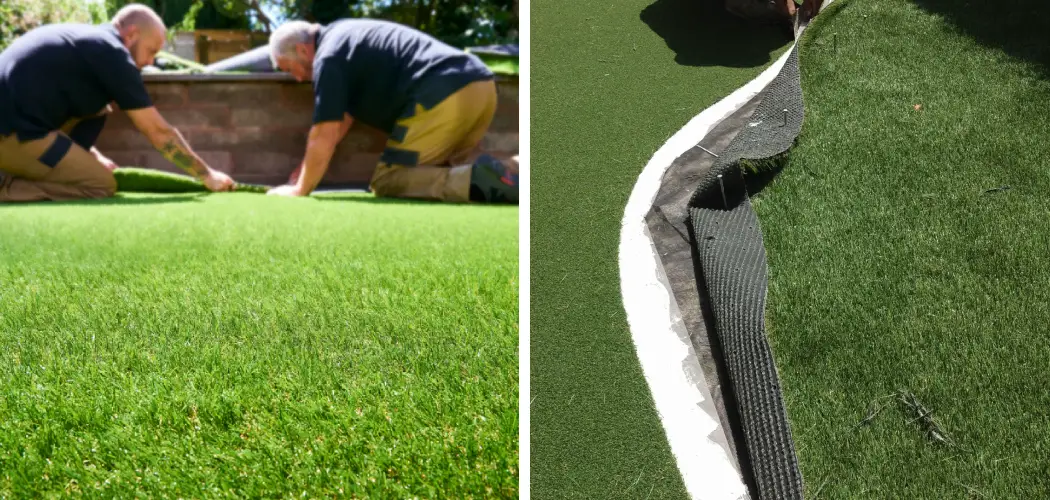Are you considering installing artificial grass in your backyard? Artificial turf is a great way to enjoy the look of real grass without the hassle of regular maintenance.
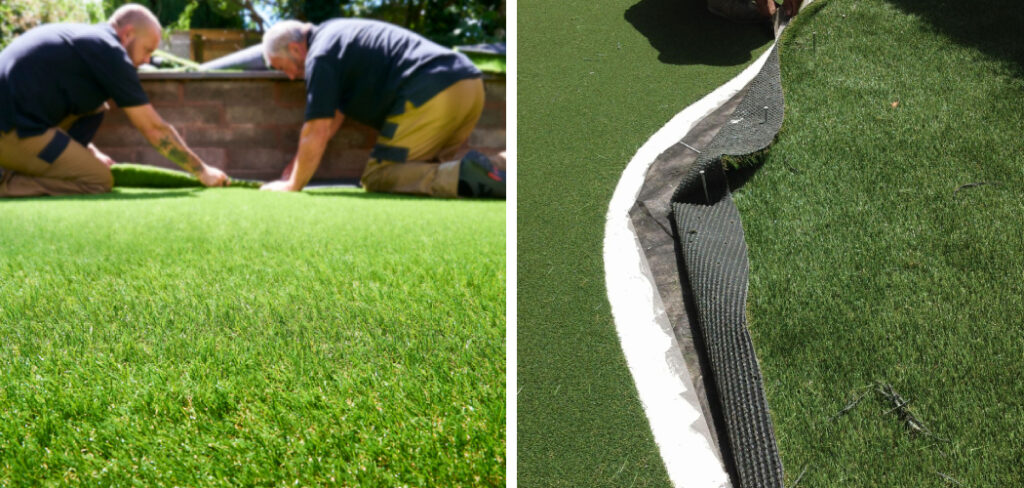
Not only can it reduce water consumption, but it also frees up more time for recreation and fun with family and friends. Before taking on this landscaping task, however, there are several steps you should take to prepare for artificial grass installation.
In this blog post, we’ll go over how to prepare for artificial grass so that all goes smoothly down the road.
Can I Just Lay Artificial Grass on Soil?
No, you can’t just lay artificial grass on the soil. Before laying the artificial grass, you must ensure that the existing surface is stable and level. Any bumps or dips can cause your lawn to look uneven and unnatural.
To prepare for installing artificial grass, you’ll need to install a weed membrane, the base layer of aggregate material, sand infill, and a shock pad.
First, lay down a weed membrane to prevent weeds from growing through your artificial grass. You can buy a specially designed fabric or plastic mesh that will act as an effective barrier against future weed growth. It’s important that you install the membrane correctly; any gaps in the material could potentially let weeds grow through.
Once the weed membrane is down, you can start to lay your base layer. This should be made of a mixture of crushed stone and sharp sand to create a solid foundation for the artificial grass. The layer should be around 25mm deep, but this could vary depending on the type and weight of the turf you’re using. If necessary, use a rake to even out the surface.
Finally, you can use a shock pad or energy layer beneath the turf. This is especially important for areas that are likely to be walked on or used by children playing.
The shock pad helps create a softer, more cushioning surface and adds an extra layer of protection against wear and tear. It should be around 10mm thick and composed of a combination of foam, rubber, sand or cork granules.
9 Methods How to Prepare for Artificial Grass
1. Select the Right Infill
One of the most important steps in preparing for artificial grass is to select the right infill. Infill is a material that is used to fill in the space between the blades of synthetic turf.
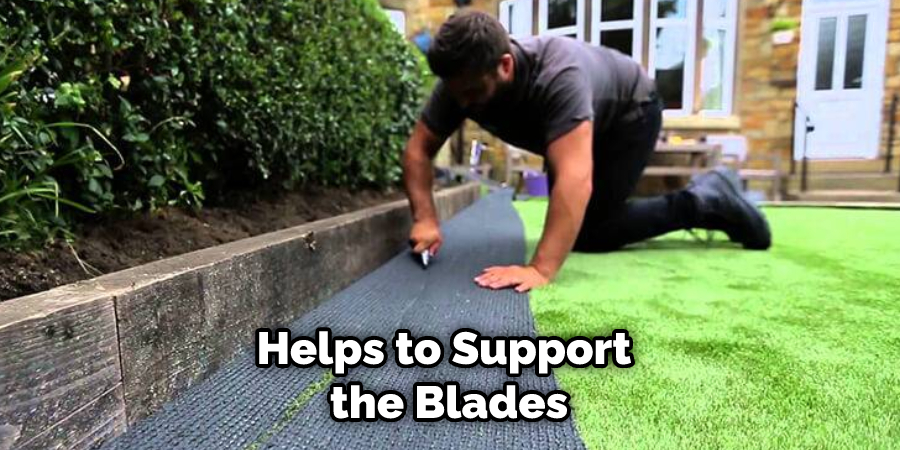
It helps to support the blades, keeps the turf looking full and lush, and can also help to reduce wear and tear. There are a variety of different infill materials available on the market, so it is important to do some research to find the one that best suits your needs. Choose an infill that is durable and will last for years but also one that matches your budget.
2. Install a Weed Barrier
Another important step in preparing for artificial grass is to install a weed barrier. A weed barrier is a material that is used to prevent weeds from growing through the turf. It is important to install a weed barrier before installing artificial grass, as it can be difficult to remove weeds once the grass is in place.
There are a variety of different weed barriers available on the market, so it is important to do some research to find the one that best suits your needs. If the area you are installing the artificial grass in has existing weeds, it is important to take the necessary steps to kill them before laying the weed barrier.
3. Prepare the Subbase
The sub-base is the layer of material that is placed underneath the artificial grass. It provides stability and drainage for the turf. There are a variety of different materials that can be used for the subbase, such as crushed stone, sand, or recycled tires. It is important to select a material that will provide adequate drainage for your specific location.
4. Install Edging
Edging is used to create a clean, finished look around the perimeter of your artificial turf installation. It also helps to keep the turf in place and prevent it from shifting or moving over time. There are a variety of different edging materials available on the market, so it is important to do some research to find the one that best suits your needs.
Popular choices include plastic or metal edging strips, decorative stones or bricks, and even rubber-like mats.
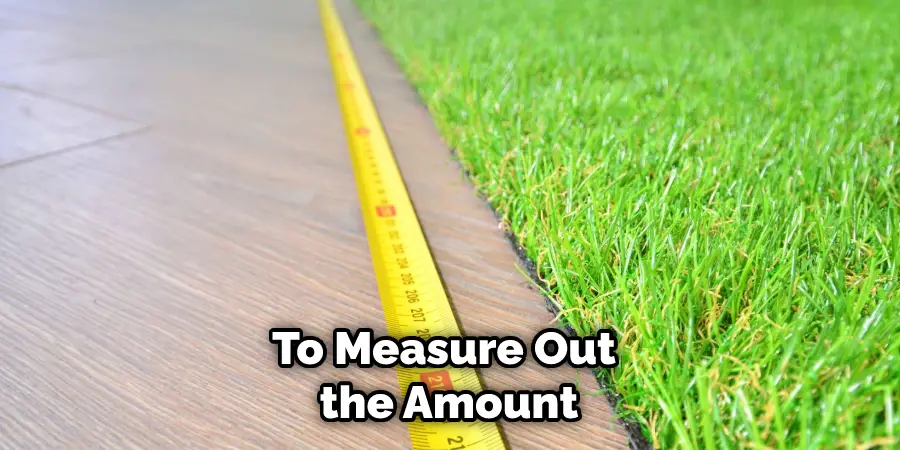
Make sure to measure out the amount of edging you will need for your project before purchasing it, as this will ensure that you have enough to go around the entire perimeter. Once you have the edging in place, use a set of stakes to hold it down and ensure that it does not move.
5. Compact the Subbase Material
Once you have installed your subbase material, it is important to compact it in order to create a stable foundation for your artificial turf. There are a variety of different methods that can be used to compact subbase material, such as rolling with a heavy roller or using a plate compactor.
It is important to follow the manufacturer’s instructions when compacting subbase material, as too much compaction can damage the turf.
Additionally, the compaction should be done gradually, starting with a shallow area before moving deeper.
Finally, it is important to check that there are no low spots or voids in the subbase material, as these could cause problems with drainage. Once you have compacted the subbase, you can then lay out the artificial turf and secure it in place.
6. Install Artificial Grass Rolls
After you have prepared your subbase and installed your edging, you are ready to install your artificial grass rolls. It is important to unroll the turf carefully in order to avoid damaging it. Once you have unrolled the turf, you will need to trim it to fit your specific area and then secure it in place using nails or staples along the perimeter.
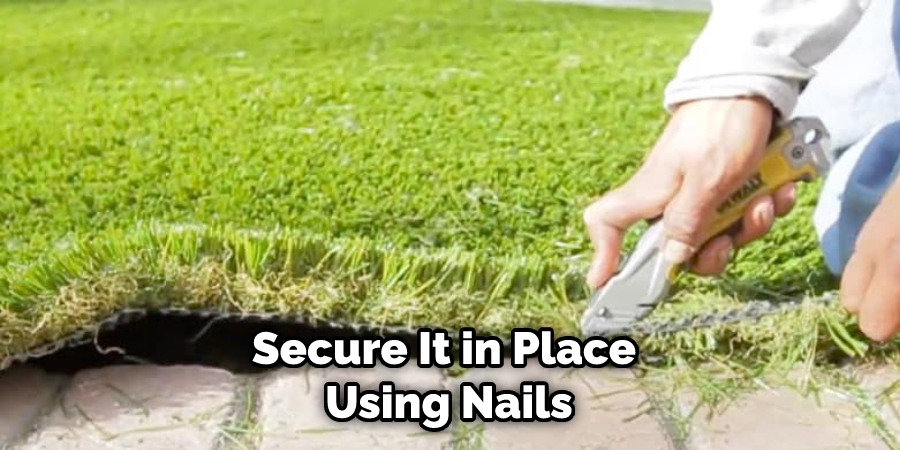
After the turf has been secured, you will need to infill your artificial grass with either rubber crumbs or sand. This helps to weigh down the grass and make it more secure, as well as providing a softer feel. Finally, you will need to brush the turf to help settle the infill and to create a more natural look and feel.
7. Install Infill Material
Once your artificial grass rolls are in place, you can start to install the infill material. It is important to spread the infill evenly across the turf in order to ensure a consistent look and feel. Depending on the type of infill that you have chosen, it may also be necessary to use a power brush or drag broom to help distribute the material evenly.
This is a simple yet critical step in the artificial grass preparation process. Additionally, some infill materials may need to be topped off every couple of months to keep the turf looking its best. Be sure to check with your manufacturer or installer for recommendations on how much infill you’ll need and the best way to apply it.
8. Compact the Turf
Once you have installed your infill material, it is important to compact the turf in order to create a stable foundation for your artificial turf. You can do this by using a heavy roller or plate compactor, depending on what is recommended by your manufacturer. It is important to follow their instructions when compacting the turf in order to avoid damaging it.
Once the turf is compacted, you should lightly spray it with water and brush the blades in one direction to help them stand upright. This will also help the infill material to settle into the turf. You may need to repeat this process if the blades remain flat after compacting.
9. Final Touches
Once your artificial grass installation is complete, you can add the final touches, such as trimming any loose edges and adding a top dressing of sand or rubberized infill if desired. After all of these steps are completed, your artificial grass should be ready to enjoy!
Remember to take proper care of your artificial grass installation in order to keep it looking great and lasting for years. Regularly inspect the turf for any potential damage and repair it as needed.
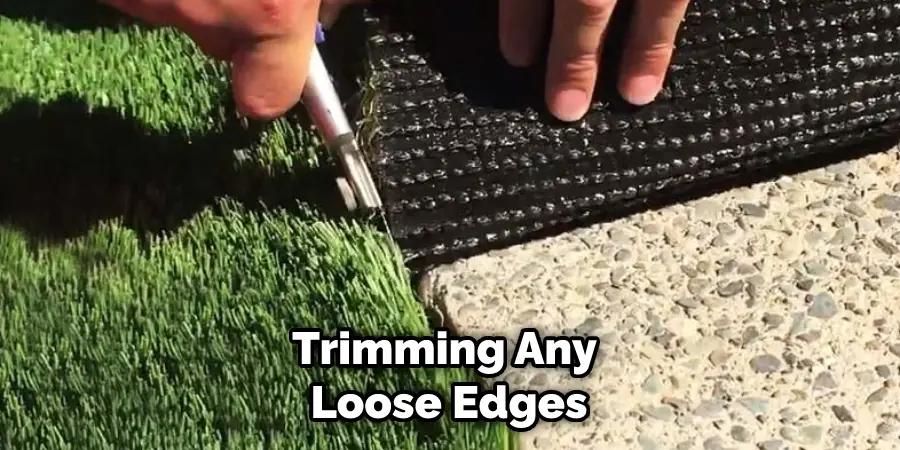
Additionally, brush the grass with a stiff broom or a power brush in order to keep it looking uniform and encourage the blades to stand up straight. Finally, be sure to clean off any debris that may have been tracked onto your artificial turf from time to time.
By following these steps, you can properly prepare your area for artificial turf installation. With the right knowledge and preparation, you can ensure that your artificial grass looks beautiful and lasts for many years to come.
Conclusion
Although there is some preparation required before installation, artificial grass is a low-maintenance solution for anyone looking for a green environment without work. By following the tips above, you can be sure that your new turf will look great and last for years to come.
We hope this guide on how to prepare for artificial grass was helpful. Please share it with your friends on social media if you find it useful. And be sure to check back here soon for more informative guides like this one.
You Can Check It Out to Keep Grass From Growing Between Pavers

